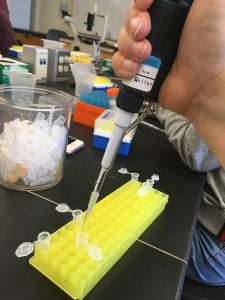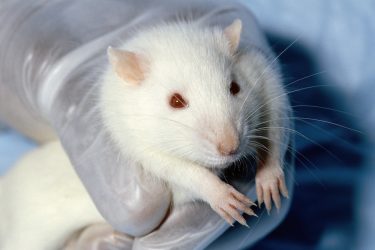
It’s not difficult to understand why clinical trials are so incredibly expensive. There’s the recruitment of the participants and their compensation, the cost of the drugs themselves, the work that has to go into ensuring both participants and clinicians are appropriately blinded (at least in double-blinded trials), the many visits to monitor symptoms and improvement, the time spent crunching the data – the dollars add up fast.
It’s harder (at least for me) to grasp where all the money goes for basic science. It’s often just cells in a petri dish, along with the fancy (and very expensive) microscope and computer equipment needed to examine them.
Undoubtedly other specialized equipment is costly as well, and there are the costs for the samples of cell lines and any drugs or other chemicals needed. However, some of those items should only need to be purchased once or are standard issue in labs (such as coolers and centrifuges).
Even after considering all these costs, the process of basic science feels abstract. Like many health journalists who cover medical research, I mainly focus on clinical, or occasionally translational studies with less thought given to in vitro and animal study research.
That changed after spending a week doing actual basic science during the Logan Science Journalism Fellowship program at Marine Biological Laboratory in Woods Hole, Mass. As we worked, I recalled the words of a college photography professor who said that his first photography lesson involved his instructor sending a $10 bill out the window. Paper and chemical costs added up fast, he said, and we had to train ourselves not to think that each bad print in the darkroom was like tossing a couple of quarters (or dollars) into the trash.
At least for the fellowship, Zeiss had loaned high-end microscopy equipment for our use. But consider the quantity of disposable pipettes and plastic pipette tips, small plastic dishes, unused chemicals, small plastic vials, glass microscope slides and slide cover slips we used and disposed of during our lab work. Images of the Great Pacific Garbage Patch came to mind as in one afternoon I used up more than a dozen plastic pipette tips that couldn’t be reused because of contamination.
Then there were all the mistakes I and others made. I’d incorrectly measure the required amount of a chemical and have to toss both it and the pipette tip. I considered how many times I would need to redo parts of an experiment or get enough samples to ensure statistical significance would be possible when analyzing the data. Then need to repeat the experiment when a bizarre anomaly in the results suggested we had done something wrong. I’d think about the biological samples and various chemicals used and disposed of along the way. Then all of that needs to be replicated – many times over – to be of value to the scientists who would take those findings and design the next set of experiments building on that knowledge.
I don’t write much about health/research policy or budgets, but it’s possible I will in the future. When examining National Institutes of Health spending (NIH funds the vast majority of basic science in the U.S.) and considering the effect of federal cuts, the impact will be all the more real for me. I didn’t need it spelled out for me that science costs money and budget cuts can be devastating to research advances.
Doing a bit of basic science myself, even for just a week, helped me see where each of those dollars goes and how not having them would constrain the work scientists do and what they can learn. I can see that this fellowship experience will affect the questions I ask and how I cover medical research funding, perhaps in ways I can’t think of yet.









